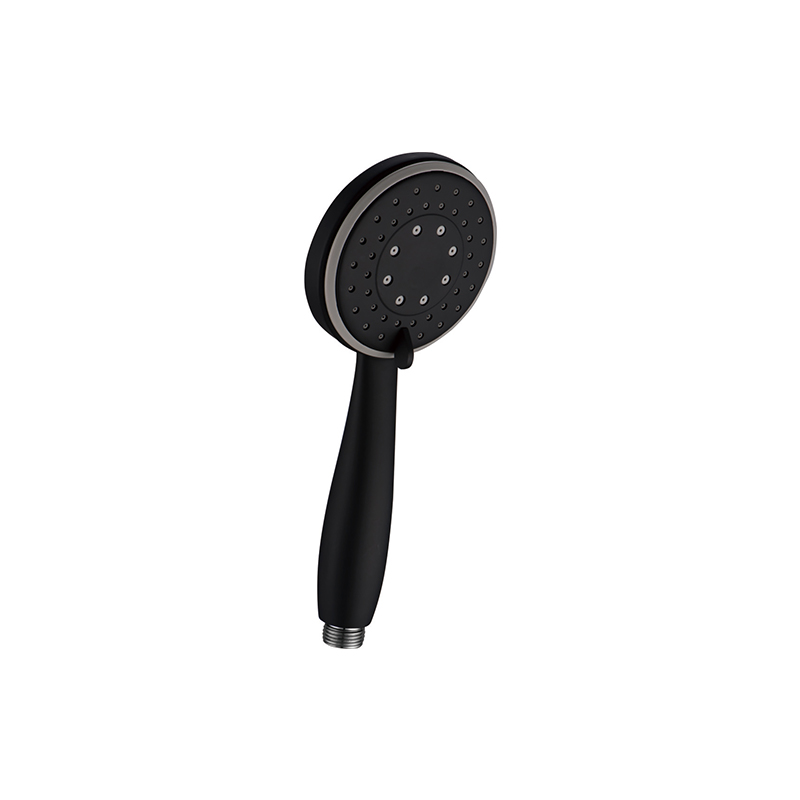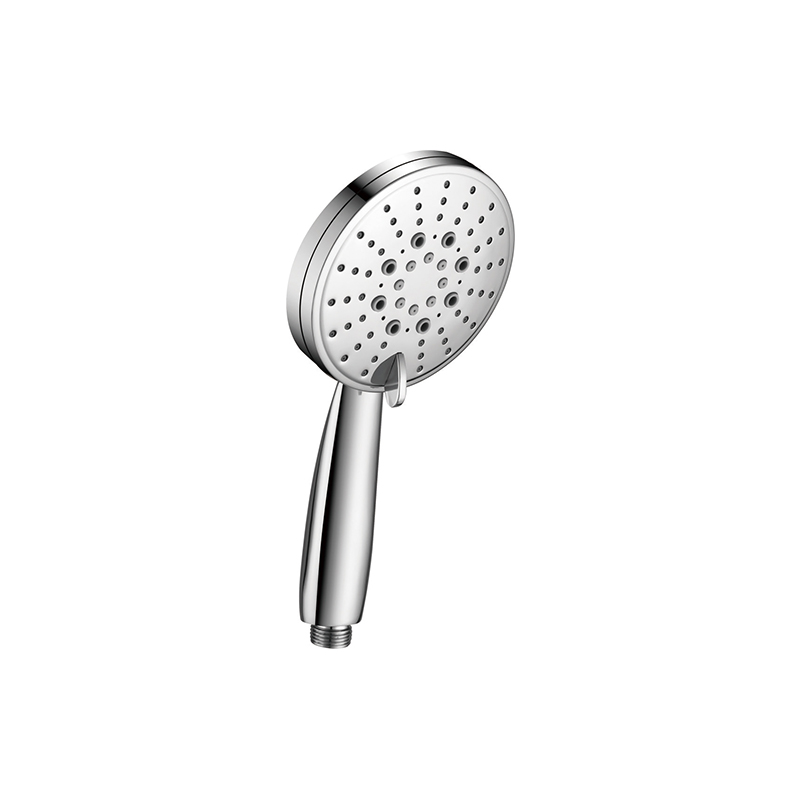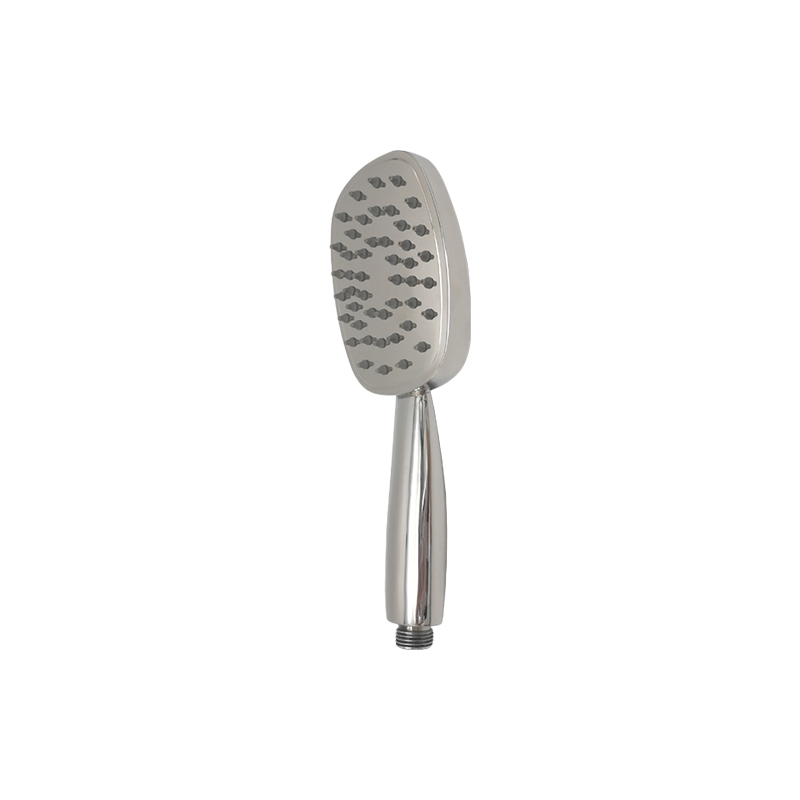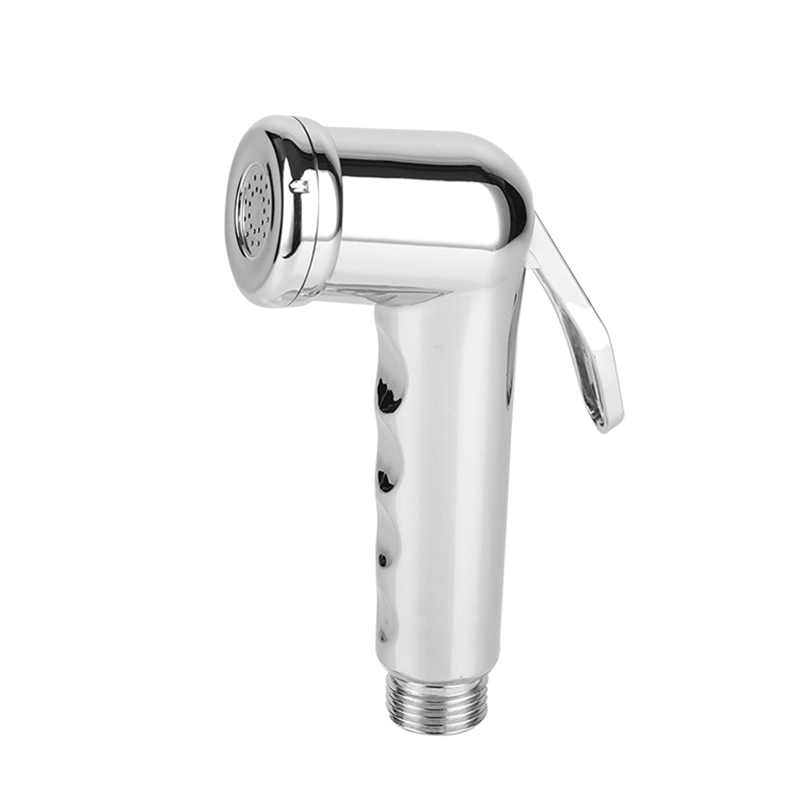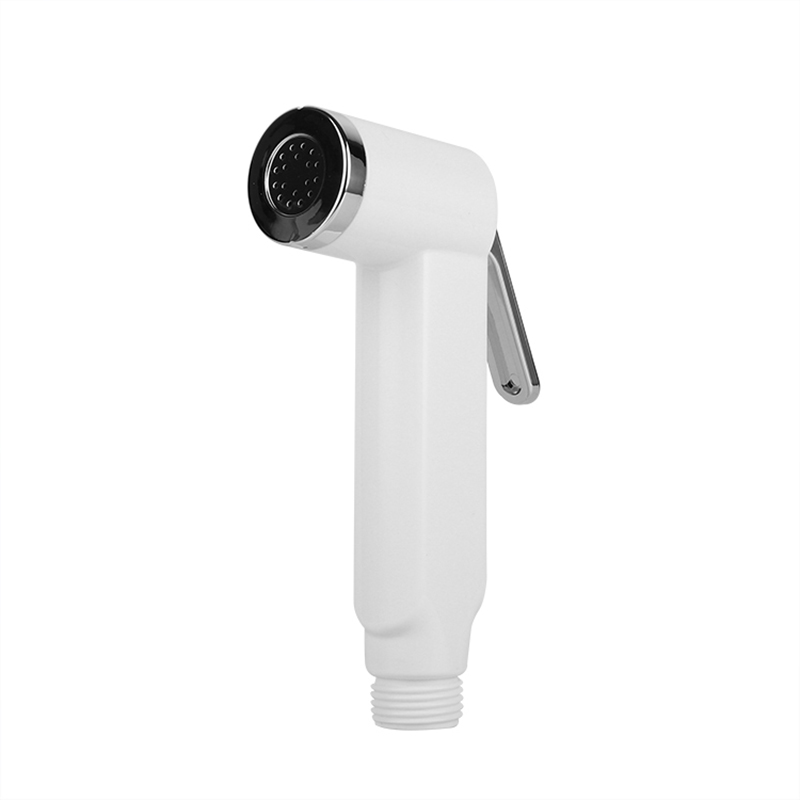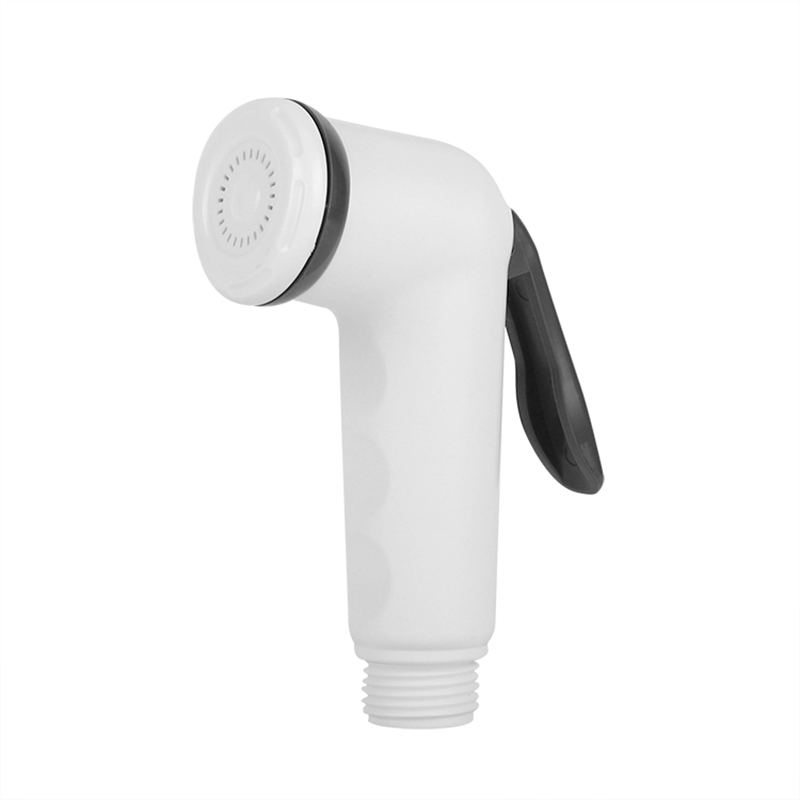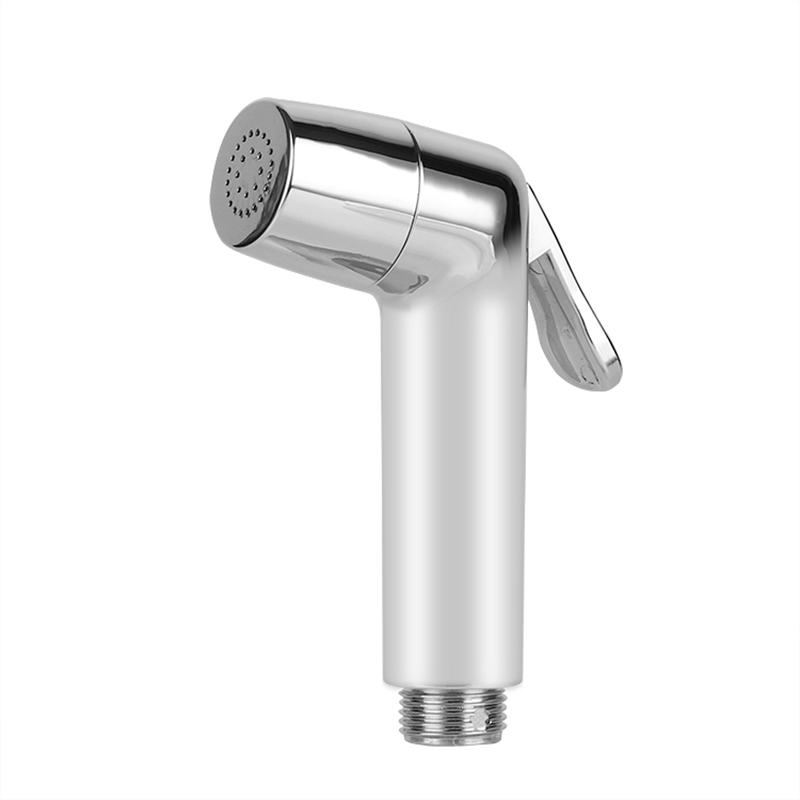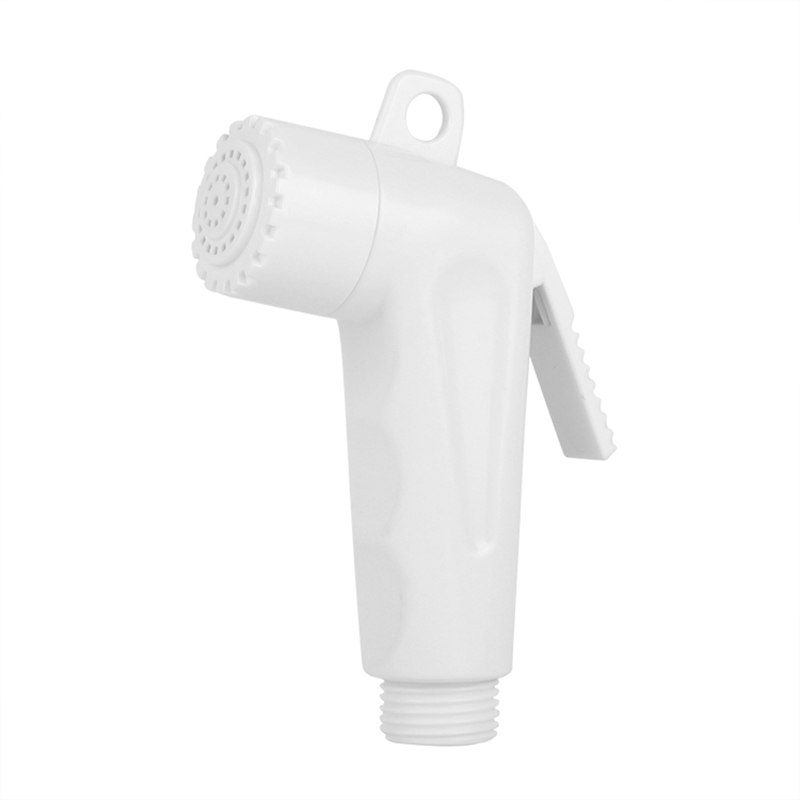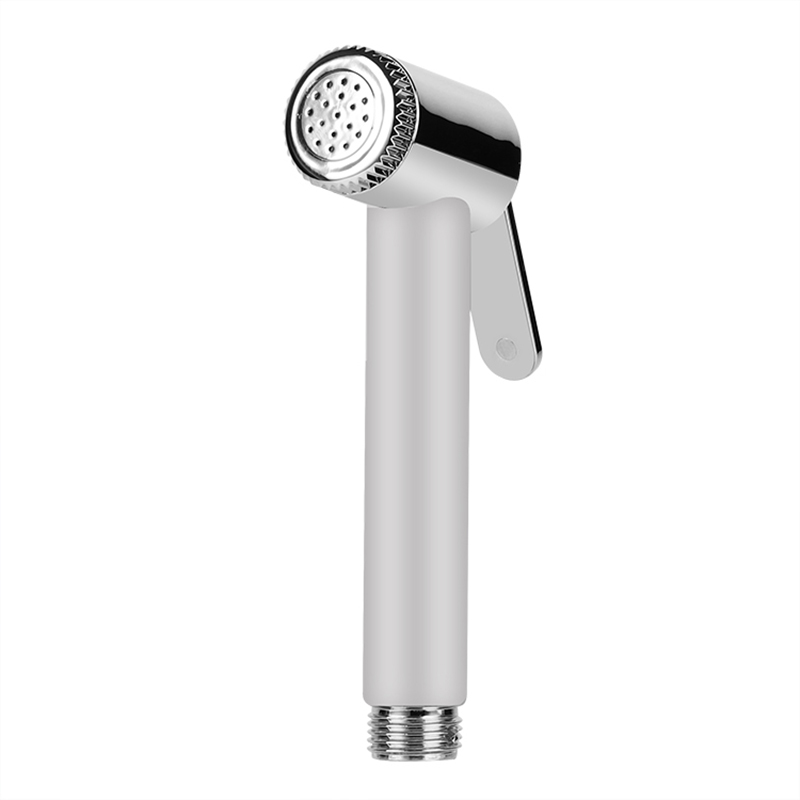Stainless steel shower flexible hoses are a common component in modern bathrooms, valued for their durability and flexibility. Understanding their expected lifespan helps homeowners plan for maintenance and replacement. Industry consensus and product testing indicate that a stainless steel shower flexible hose typically lasts between 8 to 12 years under normal conditions.
Several key factors influence this lifespan:
Material Quality (Stainless Steel & Inner Tube):
Outer Braid: Higher-grade stainless steel (e.g., AISI 304 or 316) offers superior resistance to corrosion and rust compared to lower grades. The tightness and weave quality of the braid also impact durability.
Inner Tube: The hose features a flexible inner tube, usually EPDM (Ethylene Propylene Diene Monomer) rubber or PVC. EPDM is generally more resistant to heat, chlorine, and aging than PVC. The quality and thickness of this inner liner are critical for preventing leaks.
Water Quality:
Hard Water: High mineral content (calcium, magnesium) can lead to scale buildup inside the hose, potentially restricting water flow, weakening the inner tube over time, and affecting connections.
Chlorine Levels: Municipal water supplies contain chlorine, which can degrade rubber inner tubes over extended periods. Higher concentrations accelerate this process.
Acidity/Alkalinity: Extreme pH levels can corrode metal fittings and degrade rubber components faster.
Water Pressure:
Consistently high water pressure exerts greater stress on the hose, its inner tube, and connection points. Hoses are rated for maximum pressure (often 100-150 PSI or more); operating near or above this limit significantly shortens lifespan. Pressure surges (water hammer) are particularly damaging.
Installation and Usage:
Kinking: Repeatedly kinking or bending the hose sharply can damage the inner tube and weaken the outer stainless steel braid, leading to leaks or rupture.
Tension: Installing the hose too tightly, putting it under constant tension, stresses the ends and connections.
Secure Connections: Properly tightened (but not overtightened) connections prevent leaks and stress at the joints.
Environmental Conditions:
Exposure to harsh cleaning chemicals can degrade rubber seals and potentially affect the stainless steel braid.
Consistent high humidity in a poorly ventilated bathroom can contribute to external corrosion on lower-grade stainless steel or fittings.
Signs a Stainless Steel Shower Flexible Hose Needs Replacing:
Visible Corrosion/Rust: Spots or widespread rust on the outer braid or fittings.
Bulging or Blistering: Indicates the inner tube is failing and water is penetrating the braid.
Leaks: Dripping from the hose body or connections.
Reduced Flexibility/Kinking: The hose becomes stiff or kinks easily and doesn't return to shape.
Restricted Water Flow: Often caused by significant internal scale buildup or inner tube collapse.
Visible Damage: Cuts, fraying, or severe kinks in the stainless steel braid.
Maximizing Lifespan:
Choose hoses from reputable manufacturers specifying material grades (e.g., "304 Stainless Steel," "EPDM inner tube").
Ensure proper installation without kinks or excessive tension.
Consider a water softener if hard water is a significant issue.
Address very high water pressure with a pressure-reducing valve if necessary.
Avoid hanging heavy showerheads that strain the hose.
Rinse the hose occasionally and wipe it down to remove moisture and soap residue; avoid harsh abrasive cleaners.
While a well-made stainless steel shower flexible hose is designed for longevity, its typical functional lifespan of 8-12 years is contingent on material quality, water conditions, pressure, and usage. Regular inspection for the signs of wear listed above is recommended. Proactive replacement when signs of deterioration appear is crucial to prevent water damage and ensure reliable shower performance.

 English
English 中文简体
中文简体



